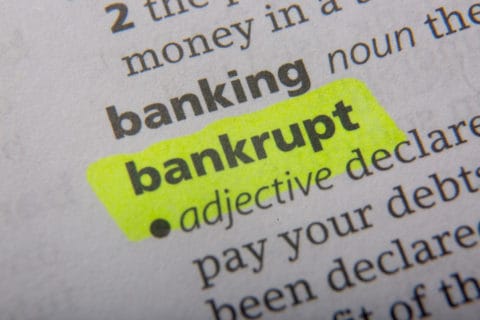What is the Automatic Stay?
One of the most fundamental provisions of bankruptcy law in the U.S., the automatic stay is a temporary injunction issued against a debtor’s creditors when he files for bankruptcy. This injunction halts almost all collection actions by creditors. Read on for information about what the automatic stay can and cannot do.
What the Stay Can Do
The automatic stay is invoked the moment a bankruptcy petition is filed; from that moment on, creditors cannot take action against the filer. In practice, this means that home foreclosure proceedings are stopped, wage garnishments are discontinued, and collection calls are ended. The stay provides time for the debtor and bankruptcy trustee to establish a payment or asset liquidation plan that will then be presented to creditors as a way to deal with as many obligations as possible.
What the Stay Cannot Do
The automatic stay has certain exceptions. For example, it does not apply to most tax penalties, child support, or court ordered restitution, all of which must be paid despite bankruptcy. Additionally, some secured creditors, such as holders of home or car loans, can request relief from the stay in order to continue to collect on their obligations. In certain circumstances, a judge will grant this request, though it depends on each filer’s situation. If relief is granted, the filer must continue to pay these debts as usual.
The End of the Stay
Generally, the automatic stay lasts until debts are discharged at the end of bankruptcy proceedings. A discharge is essentially a formal, permanent continuation of the stay, stipulating that creditors may no longer seek repayment of the debts that have been discharged. At this point, the bankruptcy process is complete.
Disclaimer:
The materials available at this website are for informational purposes only and not for the purpose of providing legal advice. You should contact your attorney to obtain advice with respect to any particular issue or problem. Use and access to this website or any of the links contained within the site do not create an attorney-client relationship. The opinions expressed at or through this site are the opinions of the individual author and may not reflect the opinions of the firm or any individual attorney.

